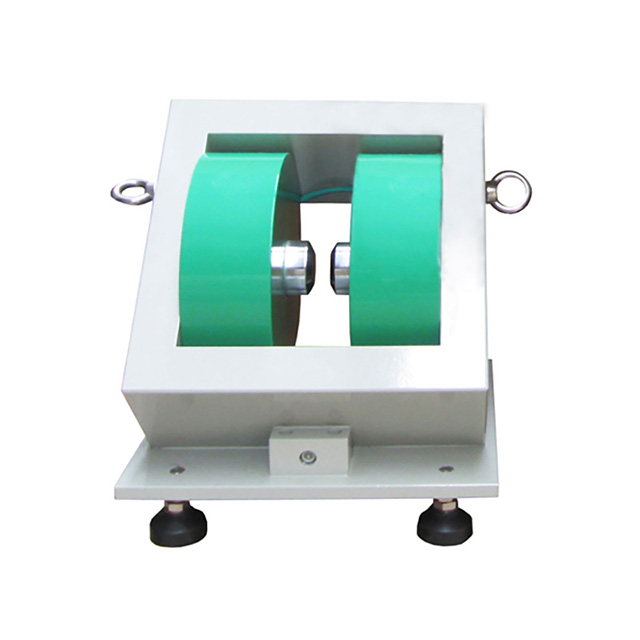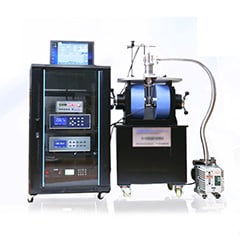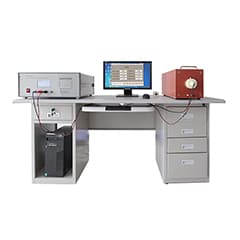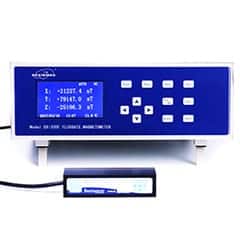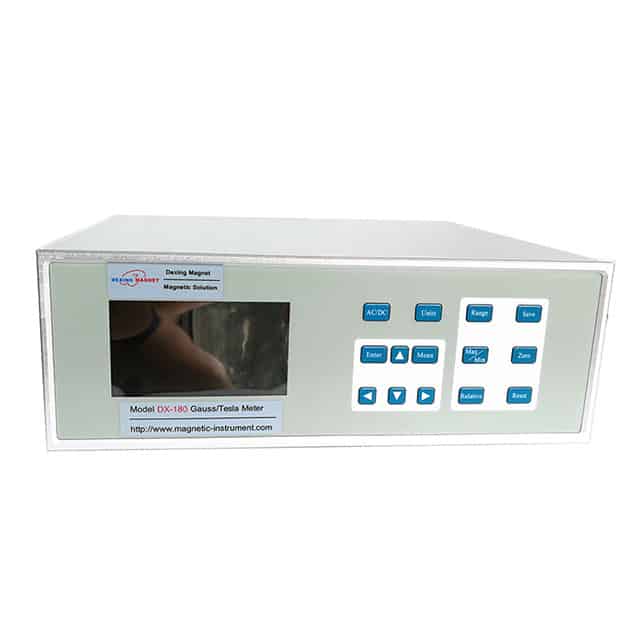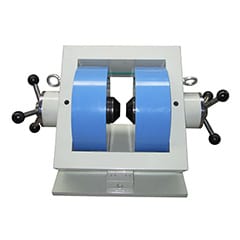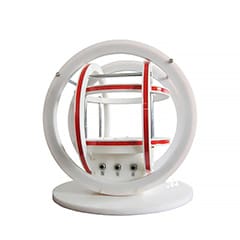products categories
contact us
- If you have questions, please contact us, all questions will be answered
- Tel : 18030236818
- Fax : +86-592 5237901
- Email : dexing@china-dexing.com
Hall Effect Measurement System
Electromagnet Overview
An electromagnet is a device that can generate electromagnetism after being energized. A conductive winding that matches its power is wound on the outside of the iron core. This current-carrying coil is magnetic like a magnet and is called an electromagnet. It can attract iron objects like a magnet. An electromagnet is a device that can generate a magnetic force by passing an electric current. It is a non-permanent magnet and can be easily activated or deactivated.
It should be noted that the winding direction of the coil on the shoe-shaped iron core is opposite, one side must be clockwise, and the other side must be counterclockwise. If the winding directions are the same, the magnetization of the two coils on the iron core will cancel each other, so that the iron core is not magnetic. In addition, in order to immediately demagnetize the electromagnet when it is powered off, the iron core of the electromagnet is made of soft iron or silicon steel, not steel. Otherwise, once the steel is magnetized, it will remain magnetic for a long time and cannot be demagnetized, then the strength of its magnetic properties cannot be controlled by the magnitude of the current, and the advantages of electromagnets will be lost. When current is passed through a wire, a magnetic field is created around the wire. Using this property, when an electric current is passed through a solenoid, a uniform magnetic field is created within the solenoid. Assuming that a ferromagnetic substance is placed in the center of the solenoid, the ferromagnetic substance will be magnetized and the magnetic field will be greatly enhanced.
In general, the magnetic field produced by an electromagnet is related to the magnitude of the current, the number of coil turns, and the ferromagnet in the center. When designing electromagnets, attention is paid to the distribution of coils and the selection of ferromagnets, and the magnitude of the current is used to control the magnetic field. Due to the electrical resistance of the coil material, this limits the magnitude of the magnetic field that an electromagnet can generate, but with the discovery and application of superconductors, there will be opportunities to surpass existing limits.
The direction of the magnetic field of the electromagnet can be judged by Ampere's law, which is a law that expresses the relationship between the current and the direction of the magnetic field lines of the magnetic field excited by the current, also known as the right-hand spiral law.
(1)Ampere's rule in a energized straight wire (Ampere's rule 1): Hold the energized straight wire with the right hand, with the thumb pointing in the direction of the current and the four fingers pointing in the direction of the magnetic field lines around the energized straight wire.(Discrimination of current direction: whether it is a straight wire or a solenoid, it is connected to the power supply, then the current direction in the wire or solenoid is from the "positive" contact, through the wire or solenoid, and then flows back to the power supply "negative electrode"! That is, the direction of the current is judged by the positive and negative poles of the connected power supply.)
(2)Ampere's rule in energized solenoids (Ampere's rule 2): Hold the energized solenoid with the right hand, so that the four fingers are bent in the same direction as the current, then the end pointed by the thumb is the N pole of the energized solenoid .
The electromagnet is widely used in our daily life, and the power of the generator has been greatly improved due to its invention. Electromagnets can be used in various fields, such as large cranes using electromagnets to lift abandoned vehicles; large amusement equipment, automobiles, aerospace, industry, and other businesses. Common applications of electromagnets are: clocks for clocking in at work, cash registers in supermarkets, and automatic doors for entering some units. These electromagnets convert electrical energy into a magnetic field, and then the magnetic force generated by the magnetic field acts on the iron core in the center of the electromagnet to make the iron core move. The main application of electromagnets is the force generated by the action of the iron core. This small force can be a few grams and dozens of grams, and in theory, it can be infinitely large, and basically a few hundred kilograms can be achieved.
